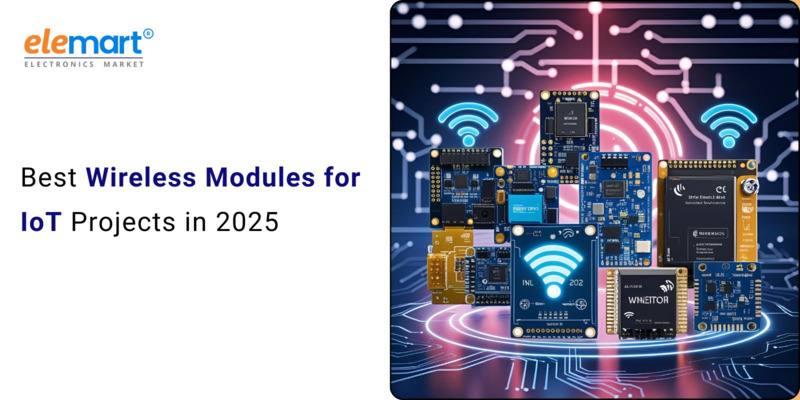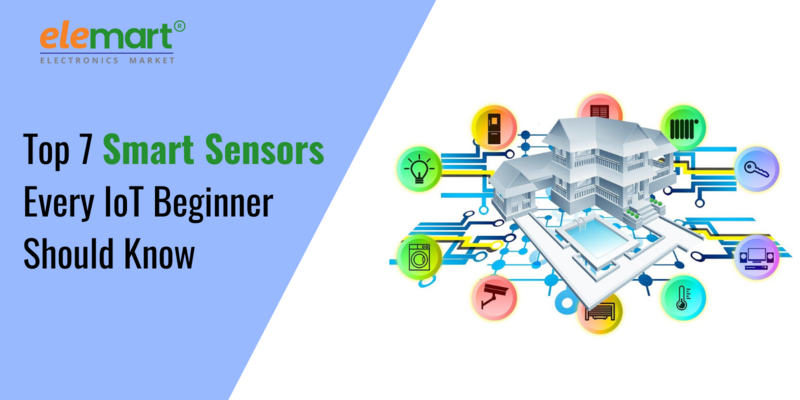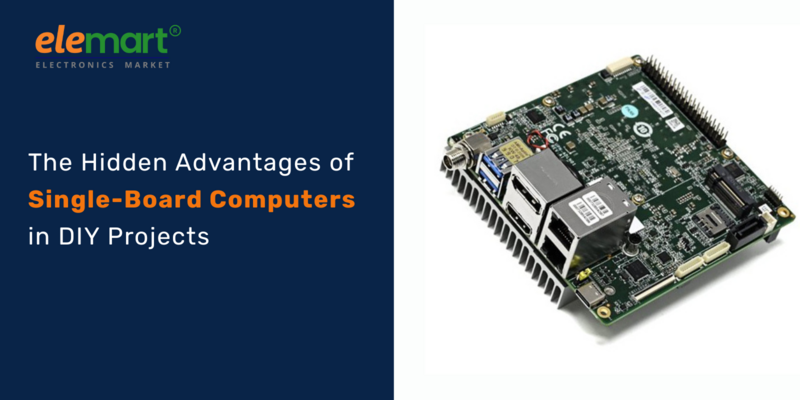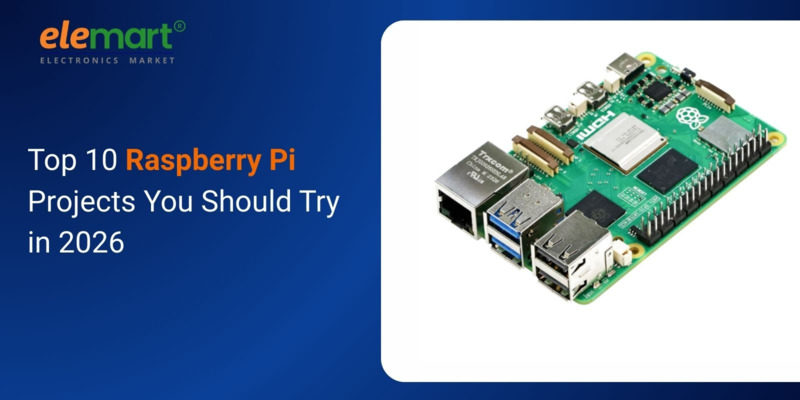- Jun 18, 2025
- IOT
- 347
Share this post on:

The Internet of Things (IoT) is no longer a futuristic concept; it's the reality we live in. From smart thermostats and connected cars to industrial sensors and medical devices, billions of IoT devices are now interwoven into the fabric of our lives. This explosive growth, however, comes with a significant and growing concern: security. While the convenience and efficiency gains of IoT are undeniable, the vulnerabilities inherent in these devices present a significant and escalating threat to individuals, businesses, and even national infrastructure.
The IoT Landscape: A Breeding Ground for Vulnerabilities
Understanding the security challenges requires first understanding the characteristics of IoT devices themselves. They are often:
- Resource-Constrained: Many IoT devices have limited processing power, memory, and battery life, making it difficult to implement robust security measures like complex encryption or regular security updates.
- Distributed and Diverse: The sheer scale and variety of IoT devices – from tiny sensors to sophisticated machinery – create a fragmented and complex security landscape. There’s no single standard.
- Long Lifecycles: Many IoT devices are designed to operate for years, even decades, potentially outliving their initial security support.
- Often Deployed in Unattended Locations: Industrial sensors in remote locations, smart city infrastructure, and agricultural devices are often beyond constant human oversight, making them attractive targets.
- Lack of User Awareness: End-users often lack the technical knowledge to properly configure and secure their IoT devices, leading to common misconfigurations and vulnerabilities.
The Challenges: A Multi-Layered Threat
The security challenges in IoT aren’t confined to a single point of failure. They are layered, interconnected, and constantly evolving. Here’s a breakdown of the most pressing concerns:
- Device-Level Vulnerabilities: This is often the first and most readily exploitable layer.
- Weak Passwords & Default Credentials: The prevalence of default passwords (like "admin" or "password") that users often fail to change is a perennial problem.
- Insecure Firmware: Flaws in the device's firmware (the software embedded in the device) can be exploited to gain unauthorized access.
- Lack of Secure Boot: Without secure boot mechanisms, malicious firmware can be loaded onto the device, compromising its integrity.
- Physical Tampering: Some devices are physically accessible and vulnerable to tampering, allowing attackers to extract sensitive information or manipulate device behavior.
- Network Vulnerabilities: The communication channels used by IoT devices are also prime targets.
- Unencrypted Communication: Data transmitted between devices and the cloud is often unencrypted, leaving it vulnerable to eavesdropping.
- Wireless Security Weaknesses: Devices using Wi-Fi, Bluetooth, or other wireless protocols can be vulnerable to common attacks like man-in-the-middle attacks.
- Lack of Network Segmentation: Failure to isolate IoT devices from other network segments can allow attackers to pivot laterally within a network.
Cloud Vulnerabilities: The cloud platforms that manage and process data from IoT devices are also attractive targets.
- Data Breaches: Large-scale data breaches can compromise sensitive information collected by IoT devices.
- Account Hijacking: Attackers can gain control of IoT devices by hijacking user accounts.
- Denial-of-Service Attacks: Cloud platforms can be targeted by denial-of-service attacks, disrupting IoT services.
- Supply Chain Risks: The complexity of the IoT supply chain introduces additional risks. Compromised components or firmware introduced during manufacturing can create backdoors and vulnerabilities that are difficult to detect.
- Privacy Concerns: Beyond direct security breaches, the vast amounts of data collected by IoT devices raise significant privacy concerns. This data can be used to track individuals, profile behaviors, and infer sensitive information.
Real-World Examples – The Consequences of Insecurity
The theoretical risks materialize into real-world consequences. Here are a few examples:
- Mirai Botnet (2016): This infamous botnet exploited default credentials on hundreds of thousands of IoT devices, primarily IP cameras and DVRs, to launch massive DDoS attacks that crippled major websites.
- Jeep Hack (2015): Researchers demonstrated how they could remotely control a Jeep Cherokee through its connected infotainment system, highlighting the potential for vehicle hacking.
- Baby Monitor Hacks: Countless incidents have been reported of hackers gaining access to baby monitors, allowing them to eavesdrop on families and even communicate with children.
- Industrial Control System (ICS) Attacks: Attacks on ICS, such as those targeting power plants and water treatment facilities, demonstrate the potential for disruption and even physical harm.
Solutions: A Multi-Pronged Approach
Addressing the security challenges in IoT requires a comprehensive, multi-faceted approach that spans the entire device lifecycle. Here’s a breakdown of potential solutions:
- Secure Device Design & Development:
- Security by Design: Integrate security considerations from the earliest stages of the device development process.
- Secure Boot & Firmware Updates: Implement secure boot mechanisms and provide a reliable method for delivering firmware updates. Over-the-air (OTA) updates are crucial.
- Hardware Security Modules (HSMs): Utilize HSMs to protect cryptographic keys and sensitive data.
- Root of Trust: Establishing a “root of trust” – a tamper-resistant component that verifies the integrity of the device’s software – is a critical element.
- Network Security Measures:
- Network Segmentation: Isolate IoT devices from other network segments to limit the impact of a breach.
- Encryption: Encrypt data in transit and at rest. Implement protocols like TLS/SSL.
- Firewalls & Intrusion Detection Systems (IDS): Deploy firewalls and IDS to monitor network traffic and detect malicious activity.
- Mutual Authentication: Implement mutual authentication to ensure that only authorized devices can connect to the network.
- Cloud Security Enhancements:
- Strong Authentication & Access Control: Enforce strong authentication and granular access control policies.
- Data Encryption & Anonymization: Encrypt sensitive data and consider anonymizing data to protect privacy.
- Regular Security Audits & Penetration Testing: Conduct regular security audits and penetration testing to identify vulnerabilities.
- Standards and Regulations:
- NIST Cybersecurity Framework: Follow guidelines from the National Institute of Standards and Technology (NIST).
- ETSI EN 303 645: This standard provides cybersecurity requirements for consumer IoT devices.
- IoT Security Laws: Increasingly, governments are enacting legislation to mandate minimum security standards for IoT devices.
- User Awareness & Education:
- Promote Password Hygiene: Educate users about the importance of changing default passwords and using strong, unique passwords.
- Device Configuration Guidance: Provide clear instructions on how to properly configure and secure IoT devices.
- Regular Security Updates: Encourage users to install security updates promptly.
- Blockchain for IoT Security (Emerging Trend): Blockchain’s inherent immutability and decentralized nature offers potential solutions for device authentication, secure data logging, and tamper-proof firmware updates, though this is still in its early stages.
Looking Ahead: A Continuous Evolution
The security landscape for IoT devices is constantly evolving. New vulnerabilities are discovered regularly, and attackers are continually developing new techniques. Staying ahead of the curve requires a commitment to ongoing vigilance, proactive threat hunting, and continuous improvement of security practices. Collaboration between device manufacturers, network operators, cloud providers, and security researchers is crucial to creating a more secure IoT ecosystem.











